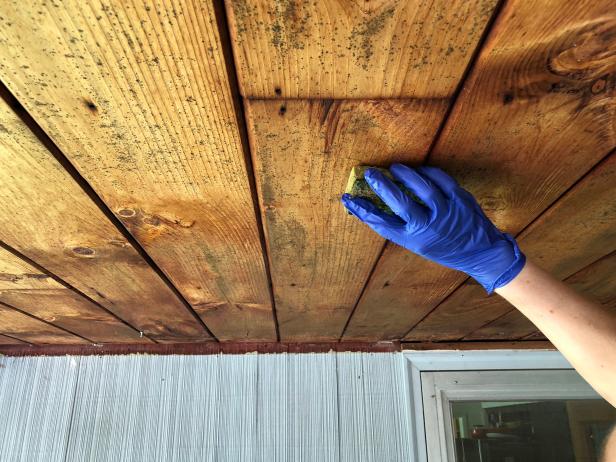Wooden surfaces are a common place for mold growth, because they absorb water well. Mold can thrive in moist, warm environments and is attracted to mold spores. Learn how to remove mold from wood with our guide.
Good news! If the area affected is less than ten feet in size and there isn’t toxic black mold, then you can remove the mold using your everyday household cleaners. Do not delay. The mold colony will grow if you wait too long.
What happens if you have to deal with black mold? It can be hard to tell toxic black mold (Stachybotrys Chartarum) apart from other black-colored species. In this instance, it is best to consult a professional. Inhaled toxic black mold can be extremely harmful, so it is best to avoid touching it.
How To Kill Mold In Wood
Here are some steps you can follow to get rid of any mold.
Step 1: Wear protective gear.
Mold can pose a danger if inhaled or swallowed.
Make sure to wear goggles and a mask while cleaning. Rubber gloves and a mask for your mouth and nose.
Step 2: Vacuum your area.
- To capture any mold spores that may be present on the wood, use a vacuum equipped with an HEPA filter.
- The vacuum should be run over the affected area. Next, take the vacuum outside to dispose of any remaining contents.
- To prevent spores from escaping, ensure that the vacuumed material is sealed tightly in a plastic bag.
Step 3: Remove the mold.
You can usually kill mold if it hasn’t reached the wood deeply. How can you kill wood mold? Use warm water and dishwashing soap to clean the mold.
- Mix a teaspoon of soap and water in a spray bottle. Shake it well.
- Use a spray to clean the area.
- Use a towel to dry the entire surface.
If this fails, you can try distilled white vinegar. This kills more than 80 percent of all mold species.
- Mix equal parts vinegar with warm water in a spray can and spray the solution onto the mold.
- Allow the solution to dry for at least one hour. Next, wipe the surface with a damp cloth followed by a towel.
If mold is still hanging around, it’s time for the borax. This is an alkaline mineral salt cleaner, that’s safer than bleach.
- Mix one tablespoon of borax and one cup of water. Then, use a soft-brisled brush to apply the solution to the mold.
- The borax solution can be left in the wood while you scrub away the mold. Do not soak up any excess liquid. To prevent future growth, you want to keep as much of the solution as possible in the wood.
- To ensure that the wood surfaces dry quickly and thoroughly, use a fan or humidifier to circulate the air.
To kill wood-based mold, bleach should not be used. Although bleach can kill mold on non-porous surfaces well, it won’t work well on wood. The reason is that bleach cannot penetrate wood and only the water component of bleach is absorbed.
Although the mold may seem to have been removed from the surface of the skin, it will likely grow beneath and return in a few months.
Step 4: Sand the wood if necessary.
These solutions should resolve your mold problem. However, if there are still stubborn traces under the surface, sanding is an option.
- To remove the affected area, use 100-grit sandpaper. Be careful not to sand away too many of the surrounding areas.
- Continue Step 2 to clean up any mold spores or dust.

